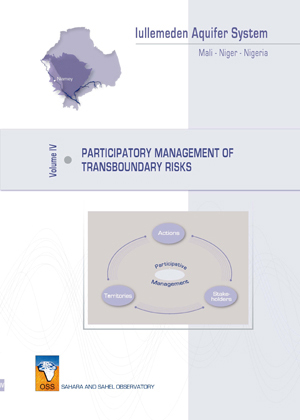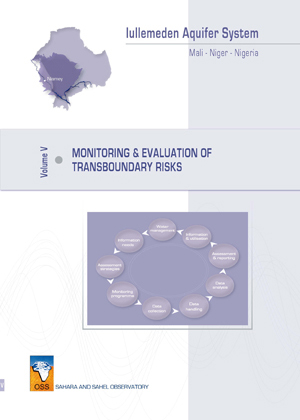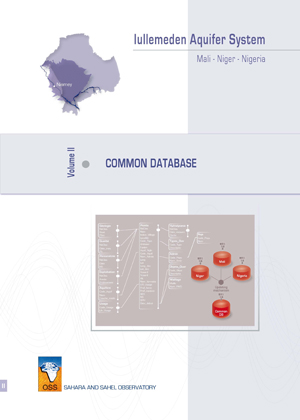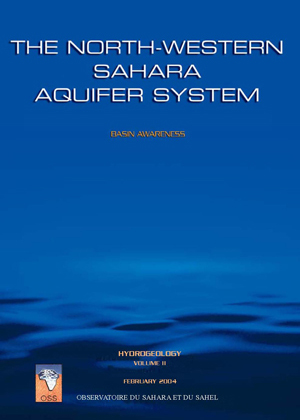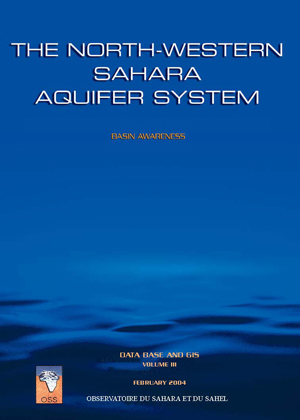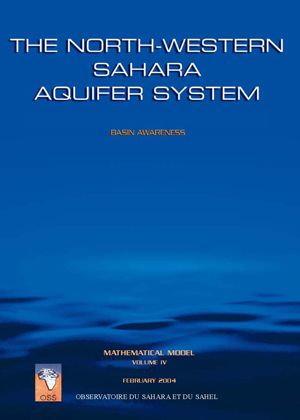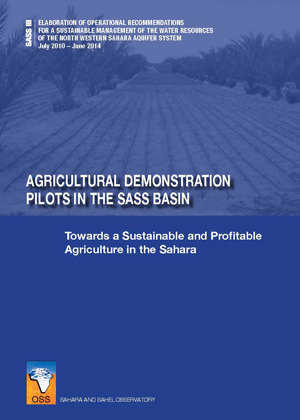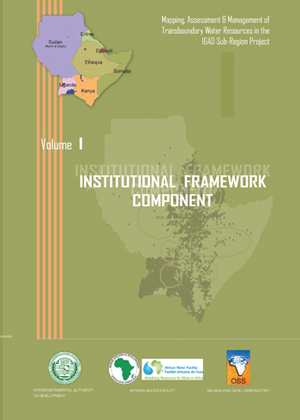Participatory management of hydrogeological risks is a policy of shared vision very effectively to prevent their negative impacts on the transboundary groundwater resources. It requires the involvement of all stakeholders in finding a sustainable solution in mitigating these impacts.
To achieve this shared vision, elements of a strategy for managing transboundary risks that threaten groundwater of the Iullemeden Aquifer System and a short, medium and long term programme, have been proposed.
The development of these strategic elements identified stakeholders involved in the basin, assessed their degree of awareness for the future of these resources, and their common interest in the establishment of this policy of shared vision.
Taking into account the ongoing environmental actions and measures in the concerned countries and the implementation of water policies in order to mitigate the degradation of natural resources, especially groundwater, tools for managing hydrogeological risks of the Aquifer System have been suggested to increase awareness among stakeholders.

